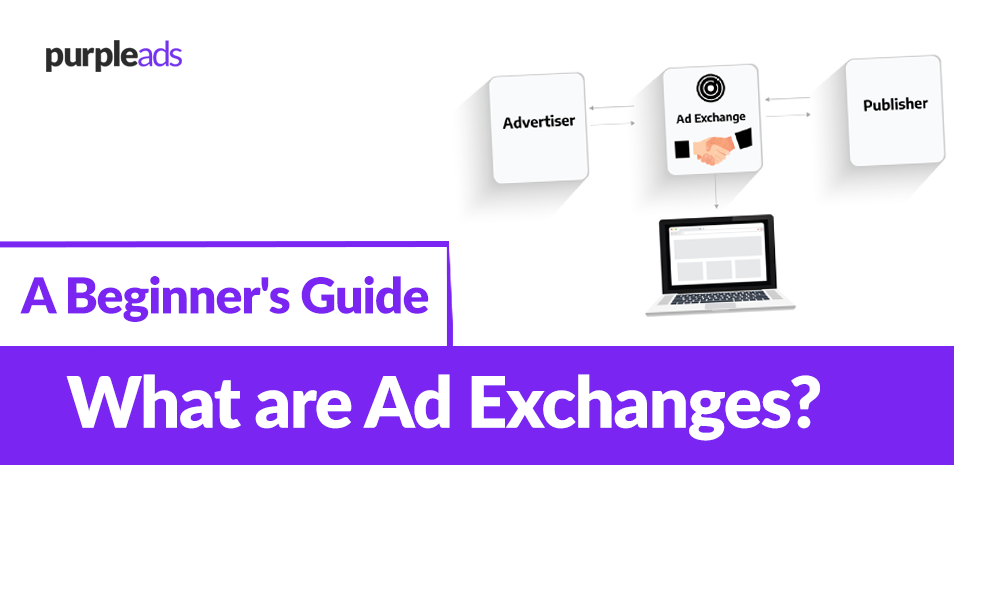In today’s digital landscape, where audiences are increasingly fragmented and attention spans are shrinking, reaching the right consumers with the right message at the right time is more crucial than ever. Ad exchanges provide the platform for this essential connection, facilitating the real-time buying and selling of online advertising inventory.
Understanding Ad Exchanges
An ad exchange is an online marketplace where publishers and advertisers connect to buy and sell ad space in milliseconds. Publishers can offer their ad inventory, such as display ads, video ads, and mobile ads, to a pool of potential advertisers. Advertisers, on the other hand, can bid on ad impressions that match their targeting criteria, ensuring their ads are seen by the right audience.
The exchange acts as a neutral intermediary, facilitating the bidding process and ensuring fair and transparent transactions. Ad exchanges leverage sophisticated algorithms and technologies, such as real-time bidding (RTB), to deliver relevant and targeted ads to users, maximizing both publisher revenue and advertiser ROI.
Types of Ad Exchanges
There are two main types of ad exchanges:
- Open exchanges: These are open to any publisher and advertiser, regardless of size or industry. Some popular open exchanges include Google AdX, AppNexus, and Rubicon Project.
- Private exchanges: These are invitation-only marketplaces for select publishers and advertisers. Private exchanges offer more control over ad quality and pricing, making them ideal for large publishers and premium advertisers.
Benefits of Using Ad Exchanges
For publishers, ad exchanges offer several benefits:
- Increased reach: Ad exchanges connect publishers to a vast pool of potential advertisers, expanding their reach beyond their direct sales efforts.
- Enhanced revenue: Ad exchanges create a dynamic auction environment, driving up competition for ad space and potentially increasing revenue.
- Improved efficiency: Ad exchanges automate the ad buying and selling process, freeing up publisher time and resources.
- Greater control: Publishers can set minimum bids and other targeting criteria to ensure their ad space is filled with relevant and high-quality ads.
For advertisers, ad exchanges offer the following advantages:
- Targeted advertising: Ad exchanges allow advertisers to target their ads to specific demographics, interests, and behaviors, increasing the likelihood of reaching their ideal audience.
- Real-time bidding: Advertisers can participate in real-time auctions for ad impressions, ensuring they only pay for the impressions they want.
- Improved campaign performance: Ad exchanges provide valuable data and insights that can be used to optimize ad campaigns for better performance.
- Greater control: Advertisers can set budgets, define targeting parameters, and track campaign performance in real-time.
The Future of Ad Exchanges
The ad exchange landscape is constantly evolving, driven by technological advancements and changes in consumer behavior. Some key trends shaping the future of ad exchanges include:
- The rise of header bidding: This technique allows publishers to simultaneously offer their ad inventory to multiple ad exchanges, maximizing their revenue potential.
- The increasing importance of data: Ad exchanges are leveraging data to better understand user behavior and deliver more targeted and relevant ads.
- The growing focus on mobile advertising: With the increasing usage of mobile devices, ad exchanges are adapting to offer more mobile-specific advertising solutions.
- The emergence of blockchain technology: Blockchain has the potential to revolutionize the ad exchange ecosystem by creating a more transparent and secure environment for buying and selling ad space.
Additional Resources
- Understanding and Calculating ECPM: A Comprehensive Guide
- Native Advertising: Understanding the Benefits, Drawbacks, and How it Works
- What is Programmatic Advertising?
Conclusion
Ad exchanges play a crucial role in today’s digital advertising ecosystem, connecting publishers and advertisers in a dynamic and efficient marketplace. As the industry continues to evolve, ad exchanges are expected to become even more sophisticated and powerful, providing publishers and advertisers with new opportunities to reach their target audiences and achieve their marketing goals.

